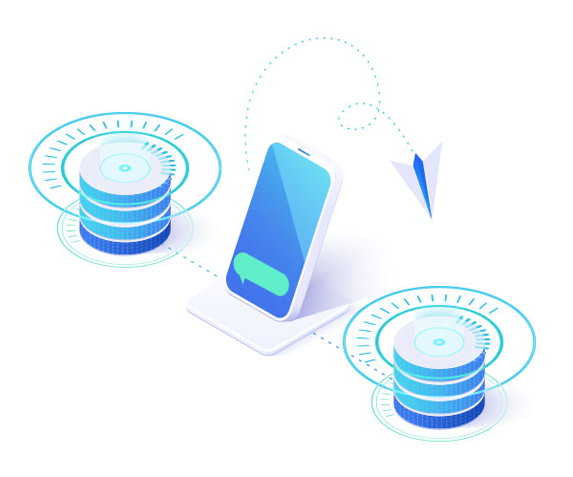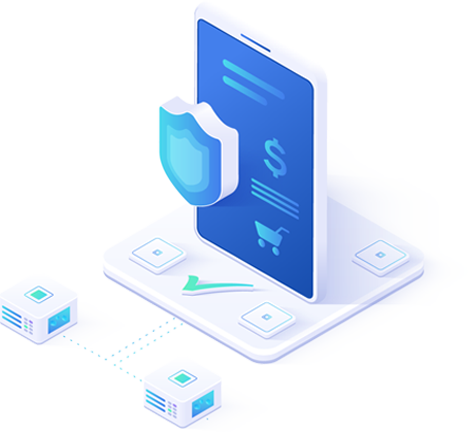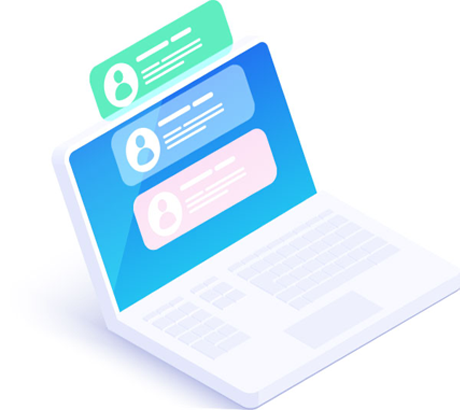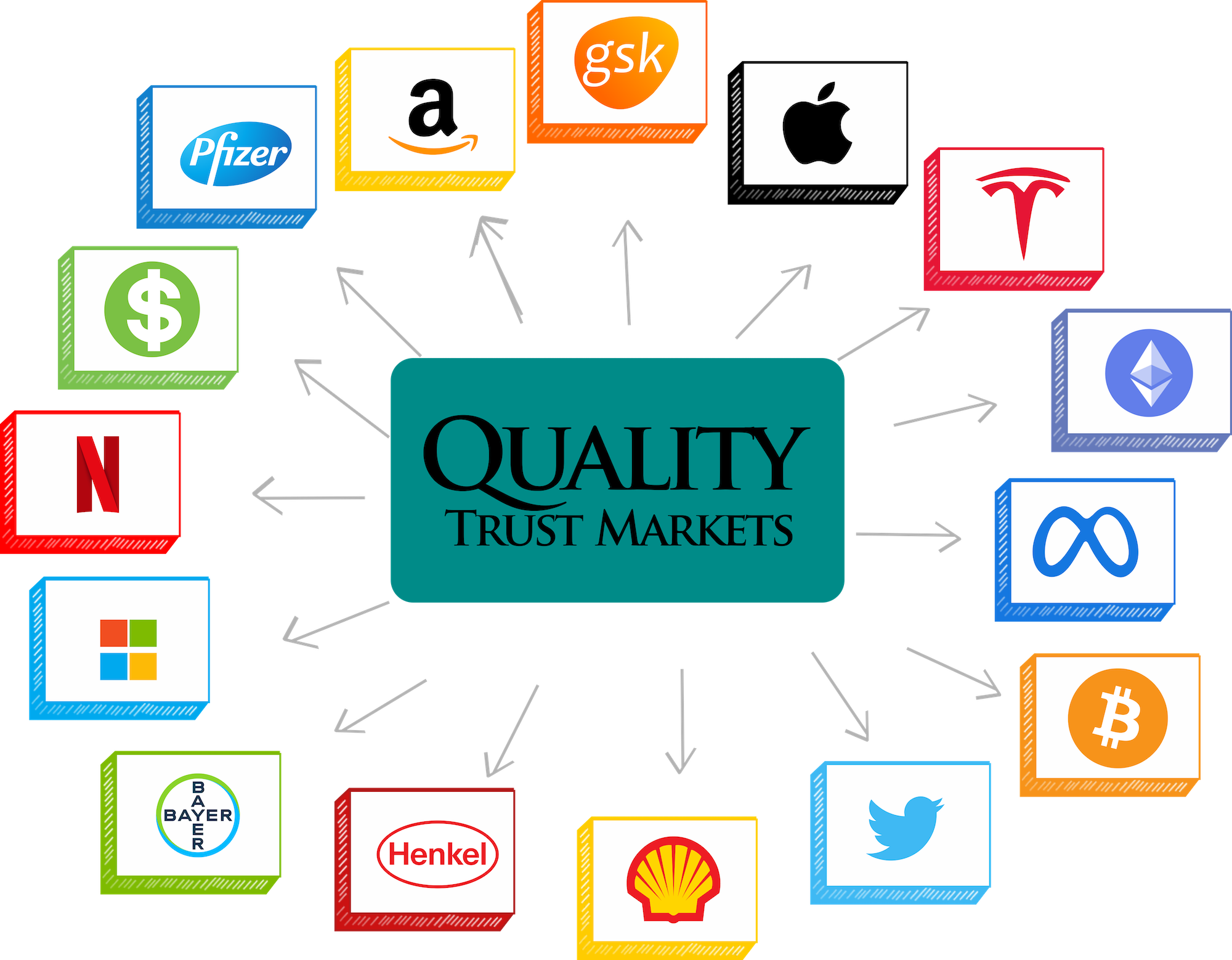Automated trading system
An automated trading system (ATS), a subset of algorithmic trading, uses a computer program to create buy and sell orders and automatically submits the orders to a market center or exchange.
The computer program will automatically generate orders based on predefined set of rules using a trading strategy which is based on technical analysis, advanced statistical and mathematical computations or input from other electronic sources.
Automated trading systems are used with electronic trading in automated market centers, including electronic communication networks and automated platforms.Automated trading systems and electronic trading platforms can execute repetitive tasks at speeds orders of magnitude greater than any human equivalent.
Advantages of Automated Trading System
Minimizes Emotion
As orders are processed automatically once the pre-set rules are satisfied, emotional mistakes are minimized. It also helps traders to stay disciplined when the market is highly volatile.
Ability to Backtest
Before actually using the automated trading or the underlying algorithm, traders are able to evaluate their rules using the old data. It allows the traders to minimize potential mistakes and determine the expected returns..
Achieves Consistency
As orders are processed only when the pre-set rules are satisfied and traders only trade by plan, it helps the traders achieve consistency.
Improved Order Entry Speed
As computers process the orders as soon as the pre-set rules are met, it achieves higher order entry speed which is extremely beneficial in the current market where market conditions can change very rapidly.
Diversifies Trading
Automated trading systems allow users to simultaneously trade in multiple accounts which allows them to diversify their portfolio. Diversifying the portfolio allows the users to minimize their risks by spreading the risk over various instruments.

Mechanism
The automated trading system determines whether an order should be submitted based on, for example, the current market price of an option and theoretical buy and sell prices. The theoretical buy and sell prices are derived from, among other things, the current market price of the security underlying the option. A look-up table stores a range of theoretical buy and sell prices for a given range of current market price of the underlying security. Accordingly, as the price of the underlying security changes, a new theoretical price may be indexed in the look-up table, thereby avoiding calculations that would otherwise slow automated trading decisions.

How it Works
Automated trading system can be based on a predefined set of rules which determine when to enter an order, when to exit a position, and how much money to invest in each trading product. Trading strategies differ such that while some are designed to pick market tops and bottoms, others follow a trend, and others involve complex strategies including randomizing orders to make them less visible in the marketplace. ATSs allow a trader to execute orders much quicker and to manage their portfolio easily by automatically generating protective precautions.[

Backtesting
Backtesting of a trading system involves programmers running the program by using historical market data in order to determine whether the underlying algorithm can produce the expected results. Backtesting software enables a trading system designer to develop and test their trading systems by using historical market data and optimizing the results obtained with the historical data. Although backtesting of automated trading systems cannot accurately determine future results, an automated trading system can be backtested by using historical prices to see how the system would have performed theoretically if it had been active in a past market environment.

Forward Testing
Forward testing of an algorithm can also be achieved using simulated trading with real-time market data to help confirm the effectiveness of the trading strategy in the current market. It may be used to reveal issues inherent in the computer code.

Live Testing
Live testing is the final stage of the development cycle. In this stage, live performance is compared against the backtested and walk forward results. Metrics compared include Percent Profitable, Profit Factor, Maximum Drawdown and Average Gain per Trade. The goal of an automated trading system is to meet or exceed the backtested performance with a high efficiency rating.

Create your Live Account Today
Sign up and start trading on one of the world’s most transparent brokerages. Trade your favourite FX and Crypto Pairs on an MT5 platform backed by true ECN connectivity.
Open Live AccountAwards

















